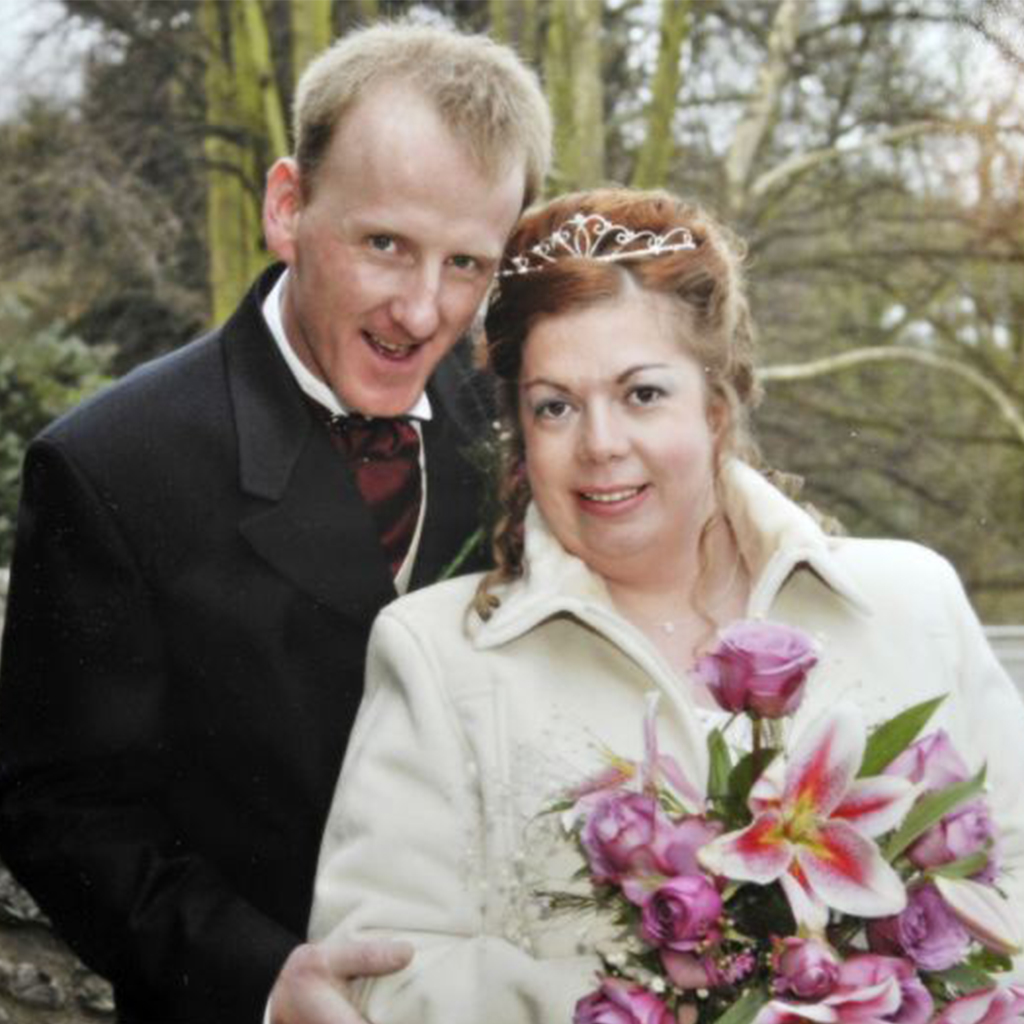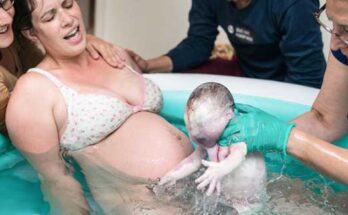For at least the next 18 years, Justin Clark will have to wait in line for his personal restroom frequently. The 43-year-old is undoubtedly superior to today’s women, even with the help of his labrador Toby and his cat Sox. And he could not be more pleased. He and his 36-year-old wife Christine received four four-month-old girls from the Rotherham Hospital’s acute care unit just over a month ago. They are indeed very exceptional infants. Caroline, Darcy, Alexis, and Elisha were all delivered prematurely at 30 weeks.
The couple almost gave up on having children after nearly ten years of trying and accepted their childlessness. It was their first IVF cycle, and it was a resounding success. However, there are other factors that make the foursome so exceptional. Amazingly, they are likewise the product of a single embryo that first divides into three, and then one of those embryos divides once more into two. One embryo’s chances of giving birth to four children have never been calculated. “Some have cited odds of two million to one and even 70 million to one, but it is just impossible to estimate because it has never occurred before,” added Justin. We were the first to experience it, and some of the doctors as well found it hard to believe.
The couple was stunned, and that is an understatement. Parents of single children “have absolutely no concept how difficult it is,” said mothers of several children. I’ve repeated it again and over while gritting my teeth, having given birth to identical twin girls 11 months ago. I therefore meet Justin, a truck driver, and Christine, a nurse, at their three-bedroom “although one’s only a box room” semi-detached house in the village of Brinsworth, South Yorkshire, with a mixture of great admiration, curiosity, and a little sympathy for the sleep they’ll never get back.
The only evidence of the babies’ presence was the dark circles under their parents’ eyes. But echoing from upstairs, there was no mistaking the faint bleating of an infant demanding attention. All four tiny girls, each still weighing about 5-6 lbs., were huddled in a cot like a dorm person. The three of them were fast asleep, but Alexis was checking her lung capacity. Gently, Christine picked her up, cuddled her, and she calmed down. Mother is clearly a natural person. But then she and Justin waited a long time to become parents.
Christine laughs: “You wait nine years to have one baby and then have four at once. “We are so lucky.”
Twelve years ago, Justin and Christine met in a bar, and three years later they were wed. They want to get married, like the majority of young couples. Before we got married, we started attempting, but nothing worked. However, we went to the GP after two years and he ordered a number of tests. I now know I have PCOS, which means I’ll probably require assistance getting pregnant. The couple tried a number of therapies, including the ovarian stimulant Clomid, but Christine became ill due to its negative effects. We know how unpredictable IVF can be, so it should really only be used as a last resort, she said.
Justin and Christine were referred to Care Fertility in Sheffield and offered two rounds of IVF on the NHS. Justin said: ‘We sat outside and all we could hear was the staff buzzing around us, saying: “It’s triplets, triplets!” It seemed like an eternity before we returned to that room. When senior advisor Dr. Shakar scanned Christine, he looked closely at the screen and then said, “You’re not triplets – that’s quadruple.” We were mesmerized. And so is he!
Any multiple pregnancy carries risks, but four fetuses means four times the risk for mother and baby. Medical professionals faced the couple with a stark decision. I waited too long for him and didn’t care what happened to me. I’m ready to take the risk. Pregnancy was not easy and Christine suffered from severe morning sickness. Christine was admitted to the hospital for bed rest at 24 weeks and the twins were delivered by caesarean section at 30 weeks on March 25, each weighing 2 to 3 pounds. Christine was released from the hospital a week later, but her daughters remain in intensive care for another 9 weeks until they go home at the end of May.








